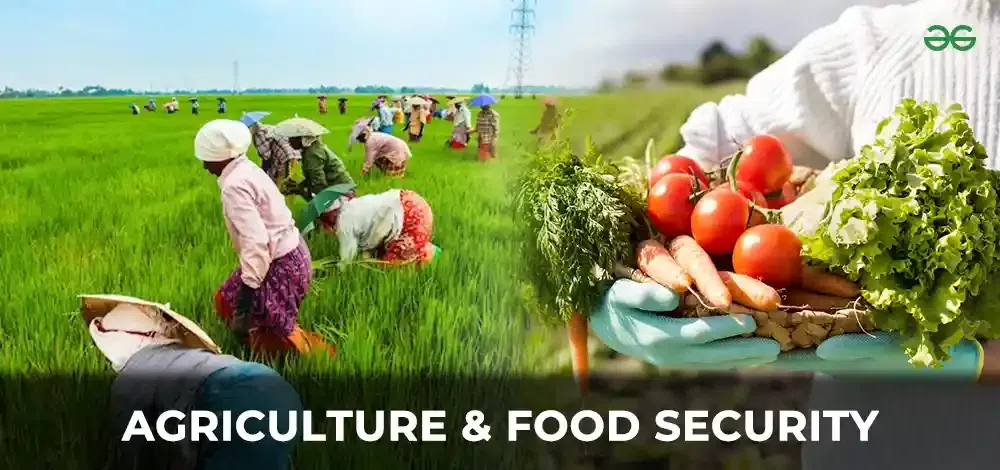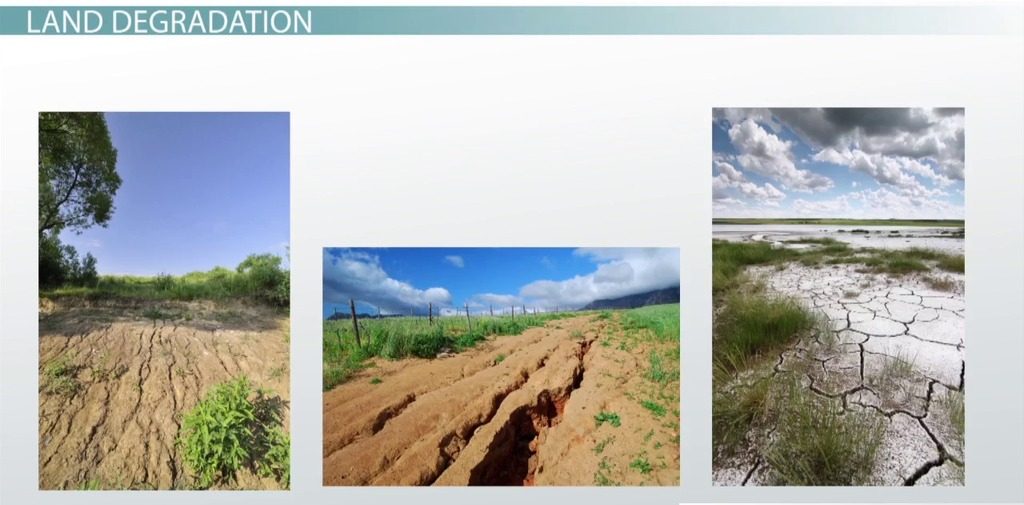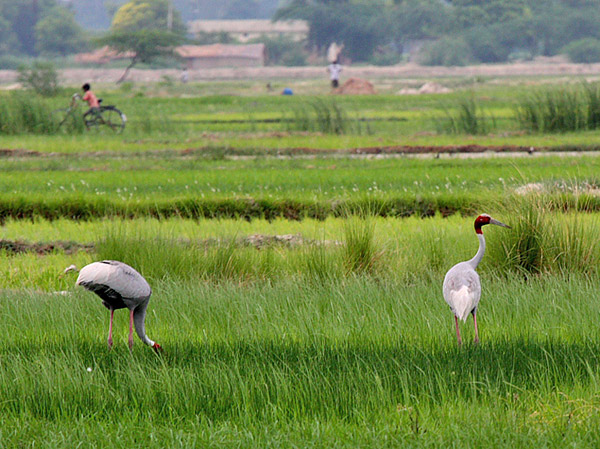Introduction
Food security, defined as the consistent availability and access to sufficient, safe, and nutritious food for a healthy and active life, is a basic human right. Yet, in a world with a growing population and increasing environmental challenges, achieving and maintaining food security is a complex and ongoing struggle. At the heart of this global issue lies agriculture, the very source of our sustenance.
In this blog post, we will delve into the multifaceted connection between agriculture and food security, highlighting the pivotal role played by sustainable farming practices, technological advancements, and international cooperation. By understanding these critical aspects, we can work towards a more secure and sustainable future for all.
The Foundations of Food Security
Before we can appreciate the connection between agriculture and food security, we must first grasp the foundations of food security itself. It’s important to recognize that food security is not solely about having enough food; it’s also about having access to that food. Let’s break it down into its key components:
Availability: This pertains to the production and supply of food. There must be enough food produced to meet the dietary needs of the population.
Access: Access to food is essential, and it involves the physical and economic ability to obtain food. Even if food is available, it’s not secure if people cannot afford it or if it’s geographically inaccessible.
Utilization: Having food is not enough; it must be nutritious and safe to consume. Proper food utilization ensures that people receive the necessary nutrients for their well-being.
Stability: Food security is not just a short-term concern. It requires consistent access to food over time, ensuring that people can rely on food sources even during periods of crisis or uncertainty.
Now, let’s connect these foundational elements to agriculture.
The Role of Agriculture in Availability
Agriculture is, at its core, the primary source of our food supply. It’s where the journey from seed to plate begins. When we talk about availability in the context of food security, we’re essentially discussing agricultural production.
Crop Cultivation: The cultivation of crops, whether it be grains, fruits, or vegetables, is the cornerstone of agricultural production. A significant part of the world’s population relies on these staple crops as their primary source of sustenance.
Livestock Farming: Agriculture also encompasses livestock farming, which provides meat, dairy, and other animal-based products. This sector plays a crucial role in providing protein and essential nutrients.
Sustainable Practices: Ensuring availability in the long term means adopting sustainable agricultural practices. Sustainable farming involves techniques that conserve resources, protect the environment, and maintain soil fertility.
Access and Economic Aspects
Having an abundance of food does little for food security if people cannot access it. This is where the economic aspect of agriculture comes into play.
Income and Affordability: The economic status of individuals and communities directly influences their access to food. Agriculture provides income for millions of people worldwide, including small-scale farmers. A thriving agricultural sector can contribute to increased incomes, making food more affordable.
Infrastructure and Distribution: Proper infrastructure, such as transportation networks and storage facilities, is crucial for ensuring that food reaches those who need it. Efficient distribution systems help reduce food wastage and make food more accessible.
Utilization and Nutrition
Nutrition is a key component of food security, and agriculture has a profound impact on the quality of the food we consume.
Diverse Agriculture: A diverse agricultural landscape ensures access to a wide range of foods, leading to a more balanced and nutritious diet. This is especially important for combating malnutrition.
Nutrient Management: Farming practices can influence the nutrient content of food. For example, using organic farming methods can lead to higher nutrient levels in crops.
Stability in the Face of Challenges
Food security is not just about meeting daily needs but also about maintaining access to food during times of crisis.
Resilience in Agriculture: Sustainable and resilient agricultural systems are better equipped to withstand natural disasters, climate change, and other unforeseen challenges. This resilience ensures a consistent food supply.
Global Cooperation: In our interconnected world, global cooperation is essential for stabilizing food security. Countries must work together to address food shortages and support one another in times of crisis.
Technological Advancements and Innovation
As we move further into the 21st century, technology and innovation are reshaping agriculture in ways that can significantly enhance food security.
Precision Agriculture: Technology allows farmers to optimize their practices, from using data analytics to determine the best planting times to employing drones for crop monitoring. These advancements increase agricultural productivity.
Genetic Engineering: Genetic modifications in crops can lead to disease-resistant varieties, higher yields, and improved nutritional profiles, all of which contribute to food security.
Aquaculture: Innovations in aquaculture are expanding our sources of protein and helping meet the growing demand for seafood.
Conclusion
The connection between agriculture and food security is undeniable. Agriculture is not merely a provider of food; it is the foundation upon which food security is built. To achieve global food security, we must promote sustainable farming practices, embrace technological advancements, and foster international cooperation.
Food security is a shared responsibility that transcends borders and ideologies. By recognizing the significance of agriculture in this context, we can work together to ensure that no one goes hungry, both now and in the future.






